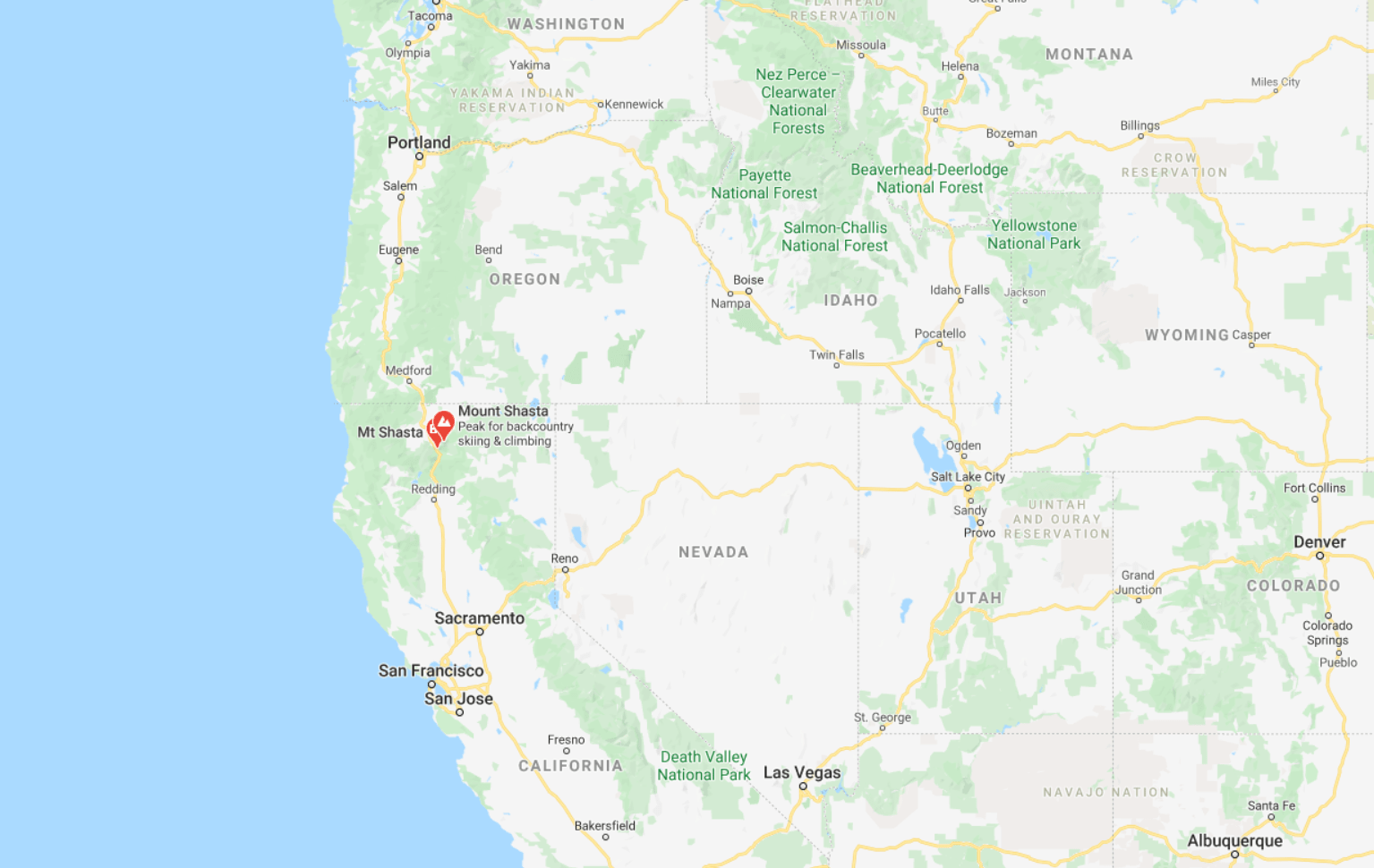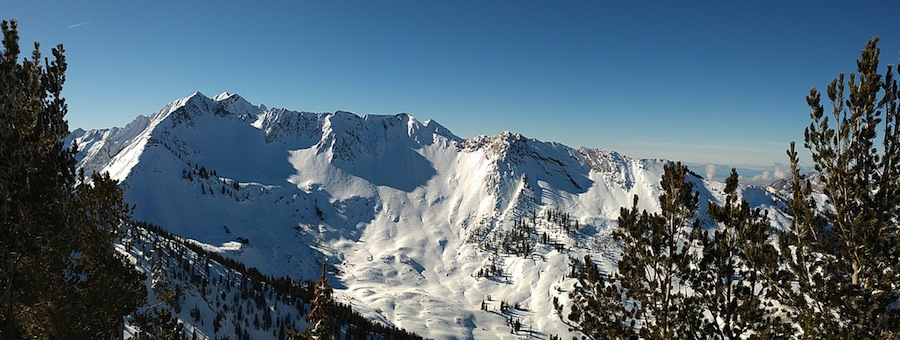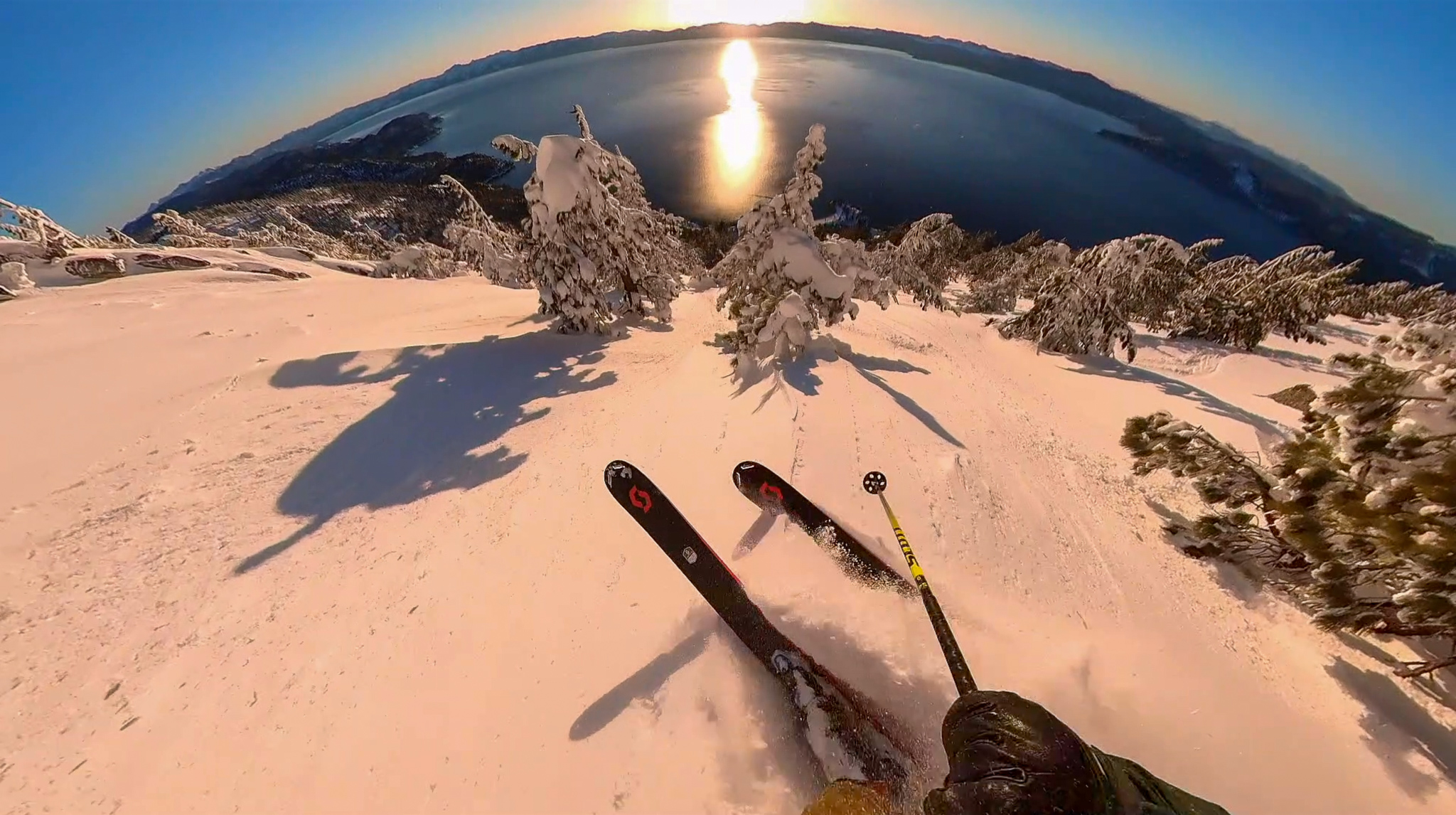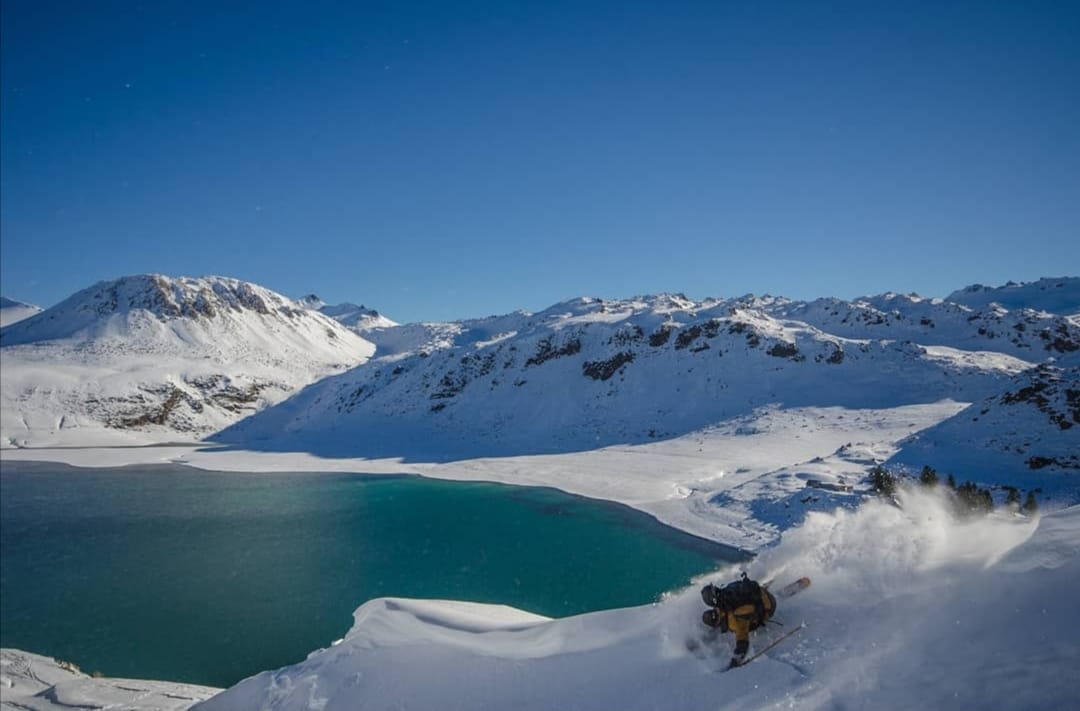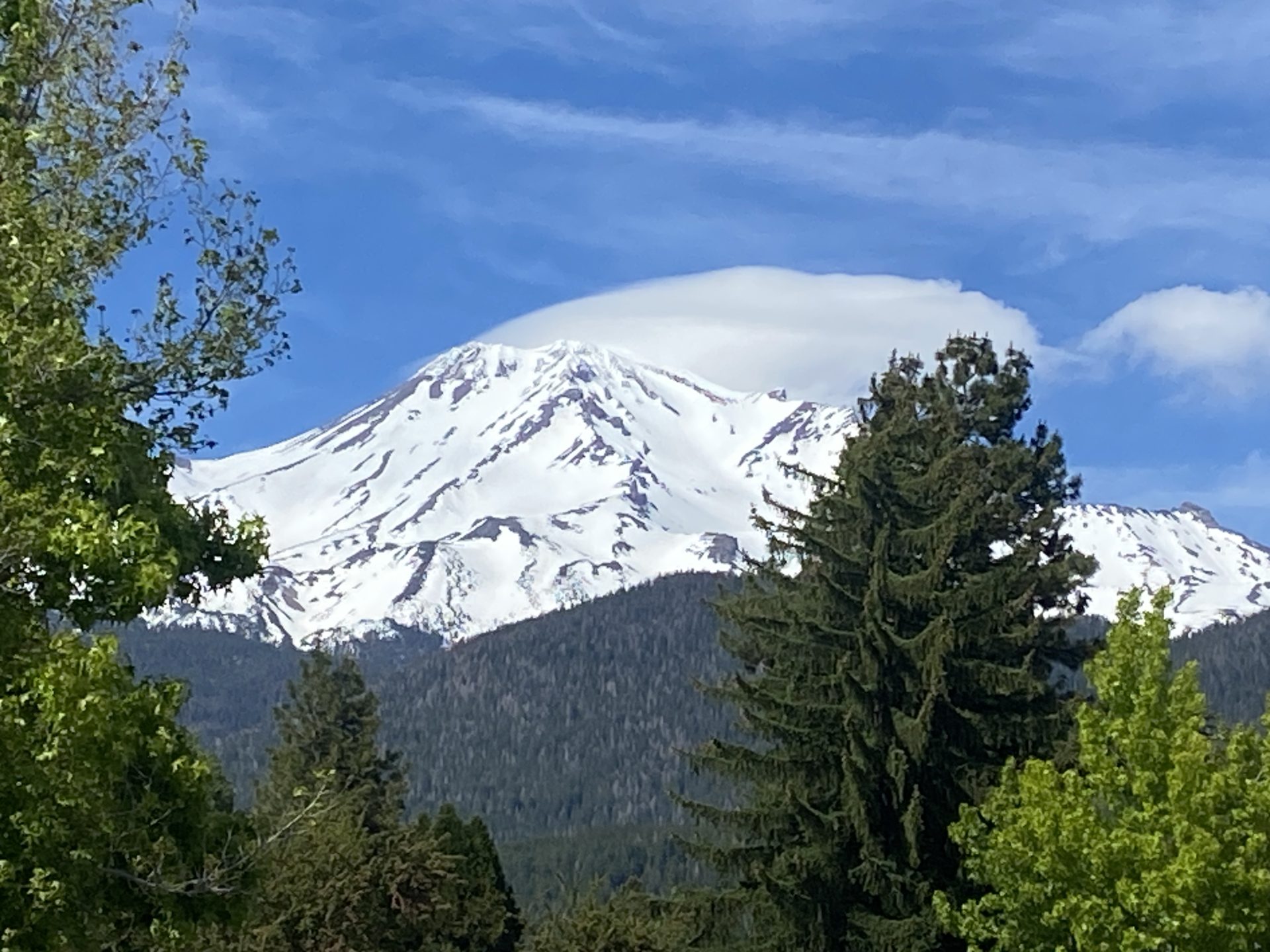
A vigorous low-pressure system is bearing down on Mount Shasta, California, this weekend, bringing an abrupt return to winter-like conditions just in time for the summer solstice. Forecasters warn that freezing temperatures and descending snow levels will harden snow surfaces below treeline, increasing the risk of slips and falls for climbers on the 14,179-foot volcano.
The most severe weather is expected from Friday night through Saturday, with a mix of snow, rain, strong winds, and dense cloud cover likely to create hazardous climbing conditions at high elevations. Wind speeds above 10,000 feet are forecast to be especially strong, compounding the challenge for those attempting summit bids. While the weather trend is expected to improve by Sunday and Monday, temperatures will remain well below seasonal averages, and west-northwest winds will persist.
Climbers are urged to exercise heightened caution. The combination of refrozen snow and variable weather demands polished self-arrest skills, deliberate footwork, and prudent decision-making based on ability, route, and up-to-date conditions. The Mount Shasta Avalanche Center emphasizes the importance of early starts, as snow surfaces soften considerably in the afternoon, especially on the lower mountain, which has become increasingly slushy due to rapid snowmelt.
Despite the wintry setback, climbing season is in full swing. All trailheads remain open and heavily used. Avalanche Gulch is entering its late-season phase, while glacier routes on the mountain’s north side are attracting technically skilled climbers. For those seeking a less technical ascent, the Clear Creek route on the east side offers a more approachable walk-up.

Mount Shasta’s notorious ability to generate its own weather means conditions can change rapidly. Cloud caps may form suddenly, reducing visibility and complicating navigation. Climbers are strongly advised to carry navigation tools and to check the latest advisories before heading out.
As always, safety is paramount. Proper equipment, training, and a conservative approach are essential to mitigate the risks posed by this weekend’s unseasonable storm. For the latest updates, climbers should consult the Mount Shasta Avalanche Center before setting out.
Mount Shasta is a prominent, potentially active stratovolcano in northern California, rising to 14,179 feet and making it the second-highest peak in the Cascade Range and the fifth-highest in the state. Standing nearly 10,000 feet above the surrounding landscape, the mountain dominates the region and is renowned for its striking appearance, seven glaciers, and rich history of indigenous significance, exploration, and climbing. Mount Shasta is part of the Shasta–Trinity National Forest and remains a popular destination for climbers and outdoor enthusiasts.
